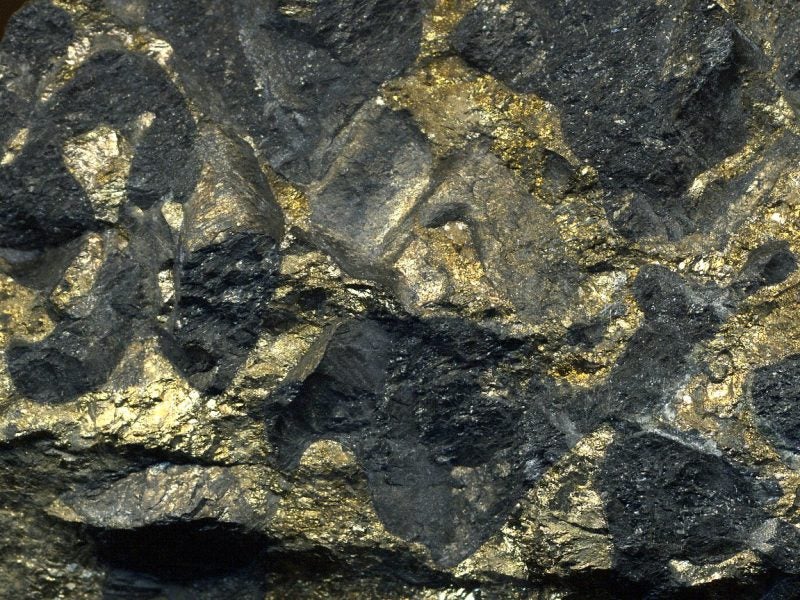
Five Most Expensive Metals and Where They Are Mined
Rhodium
Relatively unknown to the layperson, rhodium is quietly one of the hottest trades right now, after a price surge of more than 30% this year. Rhodium previously peaked – and quickly crashed – in 2008 at more than $10,000 per troy ounce (ozt), but the metal is now trading above that 2008 high on the back of a swell in demand from the automotive industry.
Rhodium is used in catalytic converters, a part of vehicle exhaust systems that reduce toxic gas emissions and pollutants. According to S&P Global Platts, almost 80% of demand for rhodium and palladium comes from the global automotive industry. Fortunately for South Africa at least, around 80% of all rhodium is mined within its borders.
Part of the reason for the metal’s price leap is its rarity. Annual rhodium production sits at around 30 tonnes – to place that in context, gold miners annually dig up between 2,500 and 3,000 tonnes of the precious metal. Rhodium also benefitted from the Volkswagen emissions scandal, or Dieselgate, the 2015 emissions scandal that rocked the automotive industry. With major economies including China and India tightening emissions rules, platinum group metals (PGM) miners are anticipating good times ahead for rhodium.
Palladium
Rhodium’s little brother palladium also did well out of the Dieselgate scandal. After sales of diesel vehicles slumped and petrol alternatives came back into fashion, platinum – used primarily in catalytic converters for diesel vehicles – took a tumble, while petrol-friendly palladium rose.
Palladium is the most expensive of the four major precious metals – gold, silver and platinum being the others. It is rarer than platinum, and is used in larger quantities for catalytic converters. In the near-term, the demand for metals used in catalytic converters is expected to be steady, buoyed by growing automotive sales in Asia. However, the increased uptake of battery-electric vehicles – which do not use catalytic converters – could see palladium demand take a hit.
Russian mining company Nornickel is the top global palladium producer, pulling up 86 metric tons of the metal in 2019.
Gold
Part durability, part tradition, gold is among the most versatile commodities. Primarily used in jewellery, but also having significant applications across electronics and aerospace due to its durability and conductivity, gold is, to put it plainly, everywhere.
Of course, gold’s stereotype as a prestigious, valuable metal didn’t come from nothing. When Spanish explorers first travelled to the “New World” – the Americas – they met a native culture who lived entirely different lives and spoke different languages. But both cultures had one thing in common; both held gold in high regard. Almost every society has used gold as currency and a symbol of wealth, prestige or power, and the modern world is no different. Whether it is wedding rings, awards or even money, few substances occupy as prominent a space in our lives as gold.
Until the 1970s, South Africa was the dominant gold producer, but production has declined since then. At its peak in 1970, South Africa produced 32 million ounces of gold, accounting for two-thirds of the world’s gold production. Today, China, Australia and Russia form the top three gold-producing countries.
Iridium
Iridium is one of the rarest metals in the Earth’s crust, with annual production of just three tonnes. Iridium is nearly as dense as the densest metal osmium and is the most corrosion-resistant metal element, resistant to air, water, salts and acids.
Because of its hardness, iridium is difficult to fabricate into usable parts, but the same characteristics that make it difficult to work with also make it a valuable additive for strengthening alloys. Though it is also a catalytic metal, because of its high melting point and resistance to corrosion, iridium is the preferred material for crucibles. Like other PGMs, iridium is mined as a by-product of nickel, and like other PGMs, iridium’s biggest deposits are in South Africa and Russia. Given its rarity in the earth’s crust, it tends to form a small portion of a PGM miner’s portfolio.
Platinum
The namesake of the platinum-group metals is also the worst-performing on the market, having taken a huge hit from the Volkswagen emissions scandal. Platinum’s primary use has been in catalytic converters for diesel vehicles – 45% of the platinum sold in 2014 went to the automotive industry. As consumers and manufacturers moved away from diesel in the wake of Dieselgate, platinum lost out to palladium, which performs better in petrol vehicles.
Platinum traditionally traded at a higher price than gold and combined with platinum’s rarity compared with gold, “platinum” as an adjective has come to be associated with a higher level of prestige than gold. Despite platinum’s troubles and gold now trading above it, that reputation has stayed.
Platinum deposits are largely concentrated in South Africa, with the country supplying around three-quarters of the world’s demand. Anglo American Platinum, Impala Platinum and Lonmin make up the top global platinum producers.



